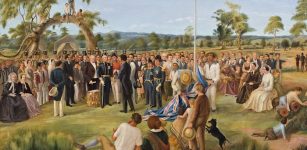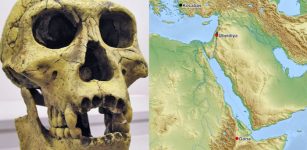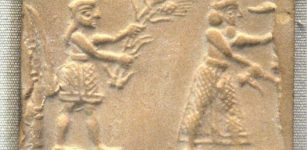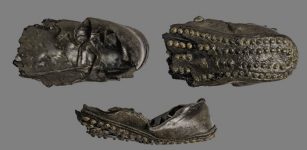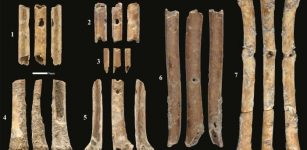Mani: Apostle Of Light And His Ancient Rock Crystal Seal
MessageToEagle.com – A major gnostic religion, originating in Sassanid era Babylonia, was founded by the Persian prophet, Mani (216-277 CE).
Mani – in the past considered by scholars to be a Christian heresy – intentionally created a universal church that incorporated Christian, Zoroastrian, and Buddhist concepts; today his religion the so-called Manichaeism is accepted as an independent religion.
His new religion would not simply replace the previous religions, but rather represented the fulfilment of what the previous religions had promised but not been able to live up to.

Most of Mani’s original writings have been lost but numerous translations and fragmentary texts have survived and can provide invaluable historical insights.
An ancient rock crystal seal once used by the prophet Mani to authenticate his writings and correspondence is now housed in the National Library of France. The artifact has been studied by Zsuzsanna Gulacsi, professor of Comparative Cultural Studies, to provide new interpretations and prepare the seal for further research.
She published her findings in the Bulletin of the Asia Institute.
The seal is flat on one side and rounded on the other, with a sunken carving on one half creating a positive image on the opposite side. Mani is flanked by two people, possibly disciples, and an inscription reading ‘Mani, apostle of Jesus Christ’ forms the perimeter
See also:
Swedenborg: Man Of Unaccountable Talents, Scholar, Great Intellect And His ‘Spiritual Awakening’
Paracelsus: Physician, Alchemist, Philosopher Well Ahead Of His Time
Infamous Queen Jezebel And Her Ancient Seal
More Intriguing Ancient Historical Figures
According to Gulacsi, Mani stood out among religious leaders of the time, because he wrote his own doctrine, compared to Jesus, Mohammad and the historical Buddha who were not known to read or write.
He believed other religious leaders had their teachings distorted because they could not write themselves.
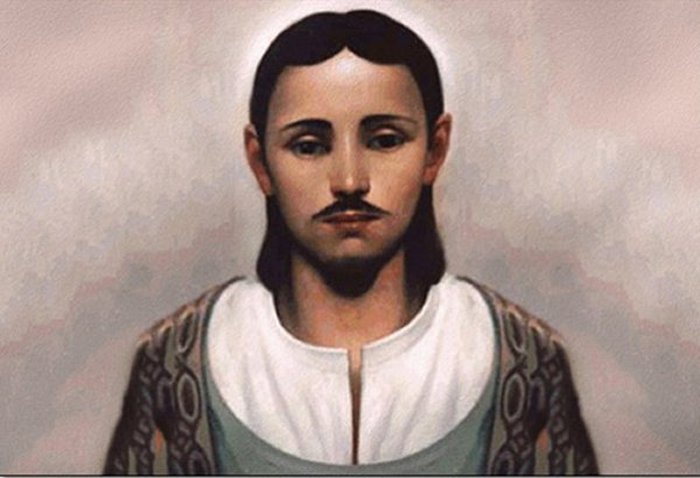
“Their disciples did not have the capacity of a prophet, whose clarity of religious insight was believed to surpass that of ordinary human beings,” said Gulacsi, who believes that Mani wore his crystal seal as a pendant, a practice of that time.
“…his seven canonical works included the Treasure of Life, Living Gospel, Book of Giants, Book of Mysteries, Letters, Psalms and Prayers [all in Syriac Aramaic], and the Shabuhragân [in Persian]). Jesus, he said, came to the West, and after his death his disciples wrote down his words.
Zoroaster came to Persia, but he did not write books, though his disciples remembered and wrote down his words after his death. And, when the Buddha came, he preached much wisdom and established churches, but he did not write anything, and, again, it was his disciples who wrote down his words after his death…” according to Judith Weingarten’s blog.
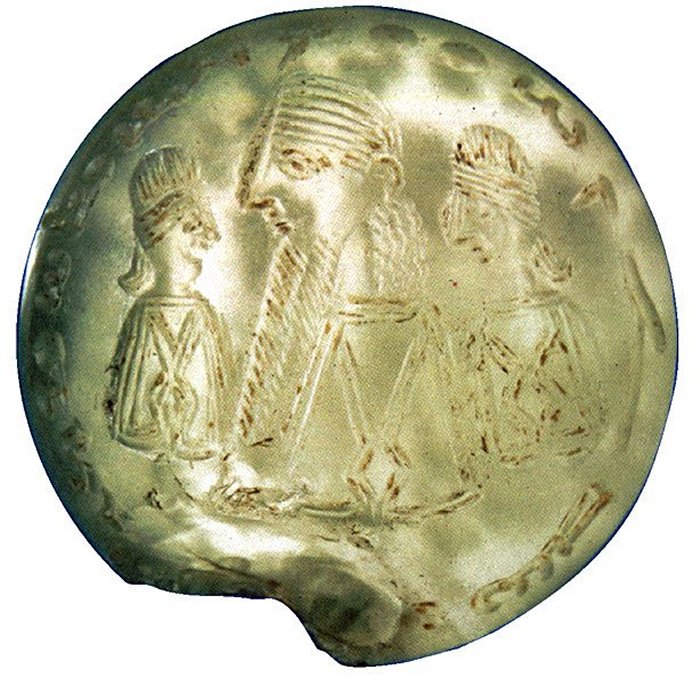
The Mani’s seal is a unique surviving artifact about the size of a quarter; the thin quartz seal was likely once encased in gold to facilitate its use.
In 274, Mani died in prison after being persecuted for his religious teachings. His belongings were likely passed to his successor, but the fate of the crystal seal is not known until it turned up in Paris in 1896, where it was purchased and housed in the gemstone section of the National Library of France.
Despite its historical significance, Mani’s engraved crystal seal had escaped attention until recently.
First version of this article was originally published on November 9, 2014
Copyright © MessageToEagle.com This material may not be published, broadcast, rewritten or redistributed in whole or part without the express written permission of MessageToEagle.com


